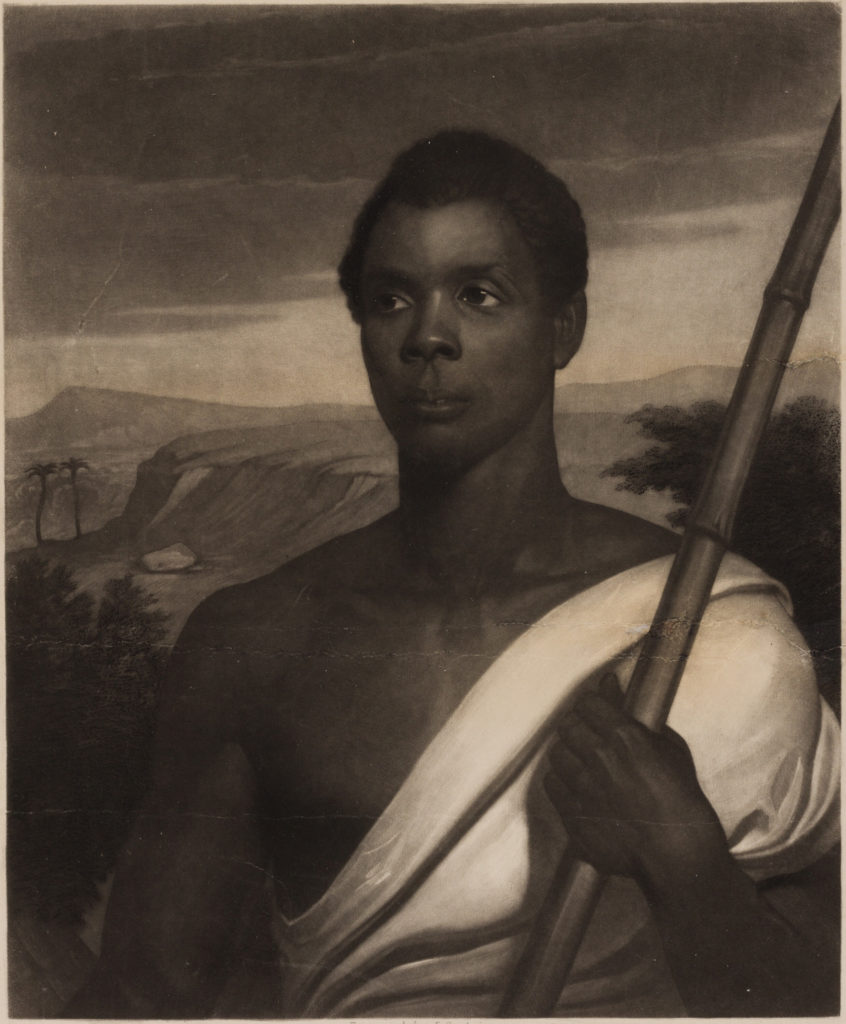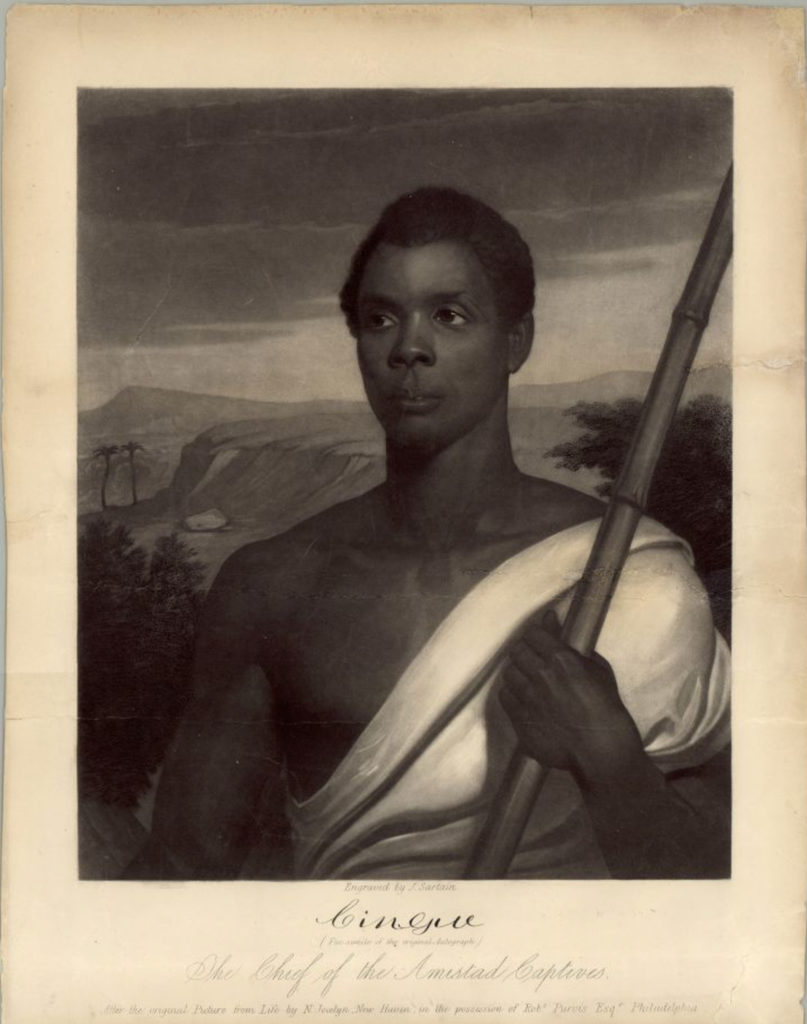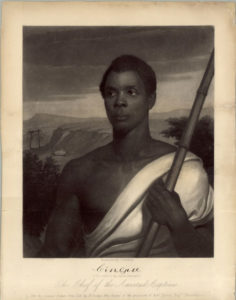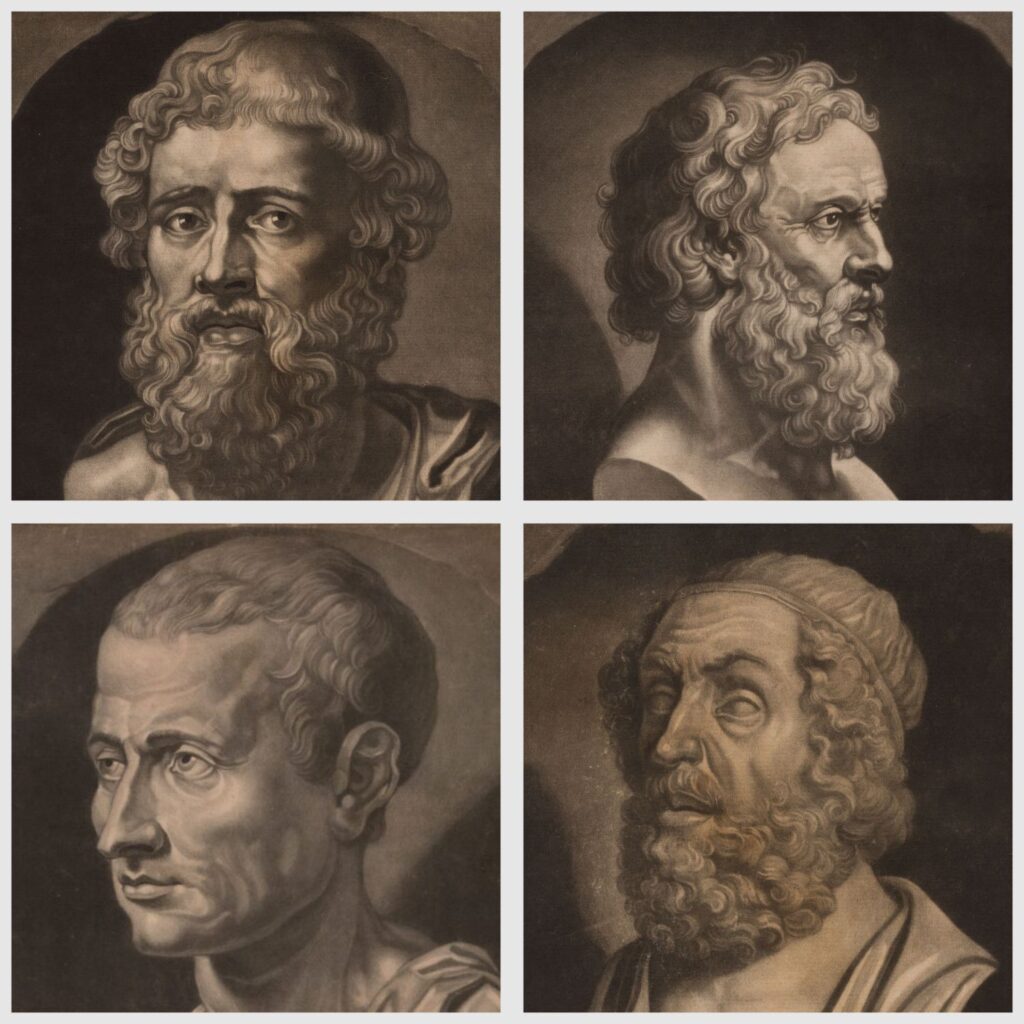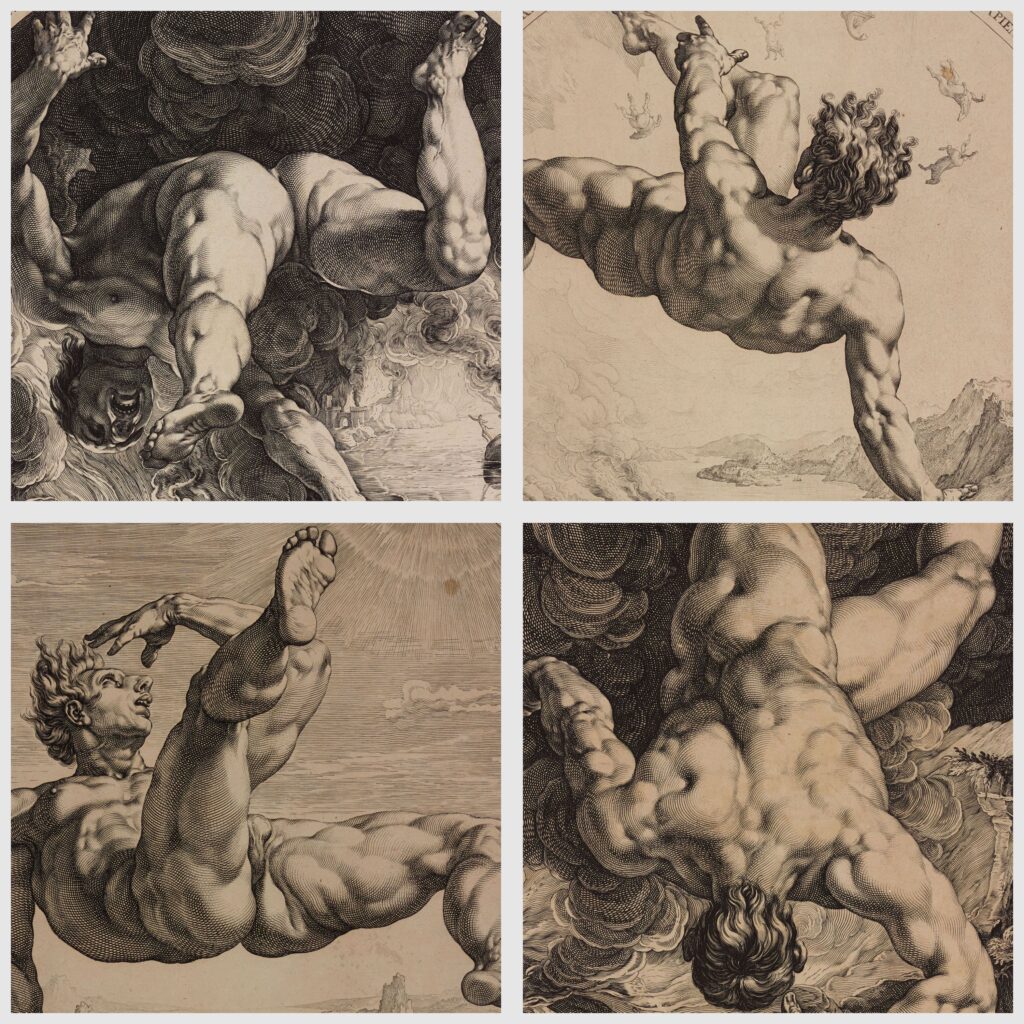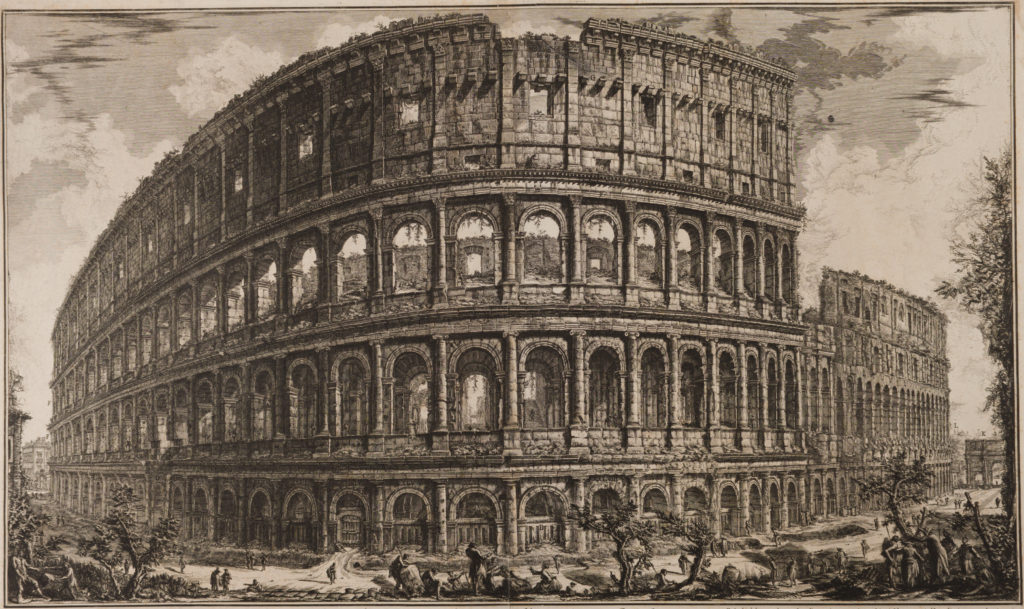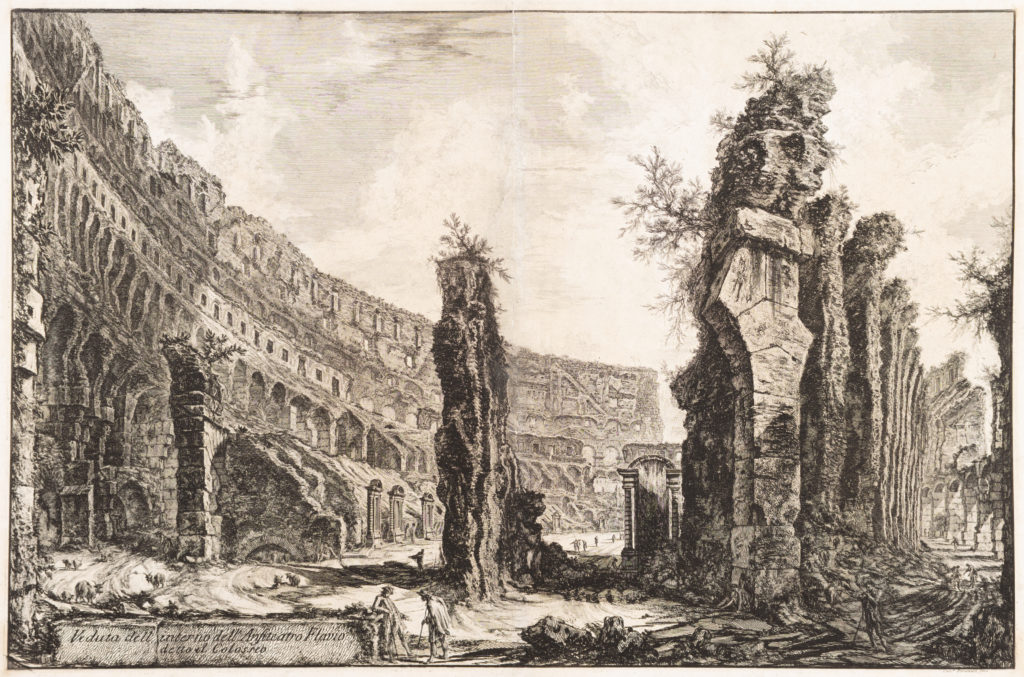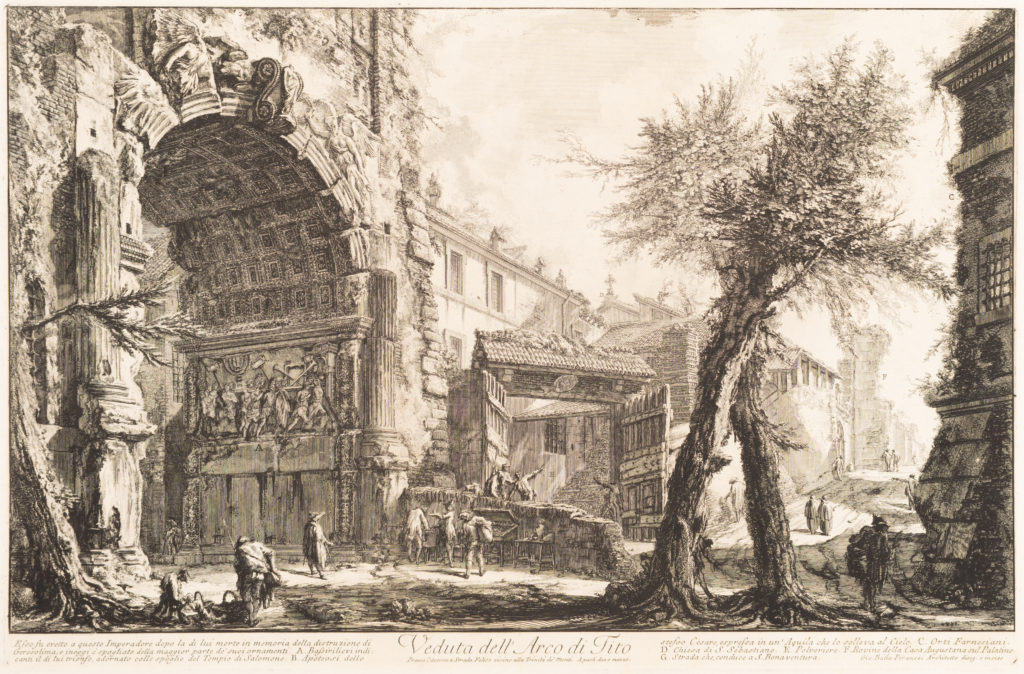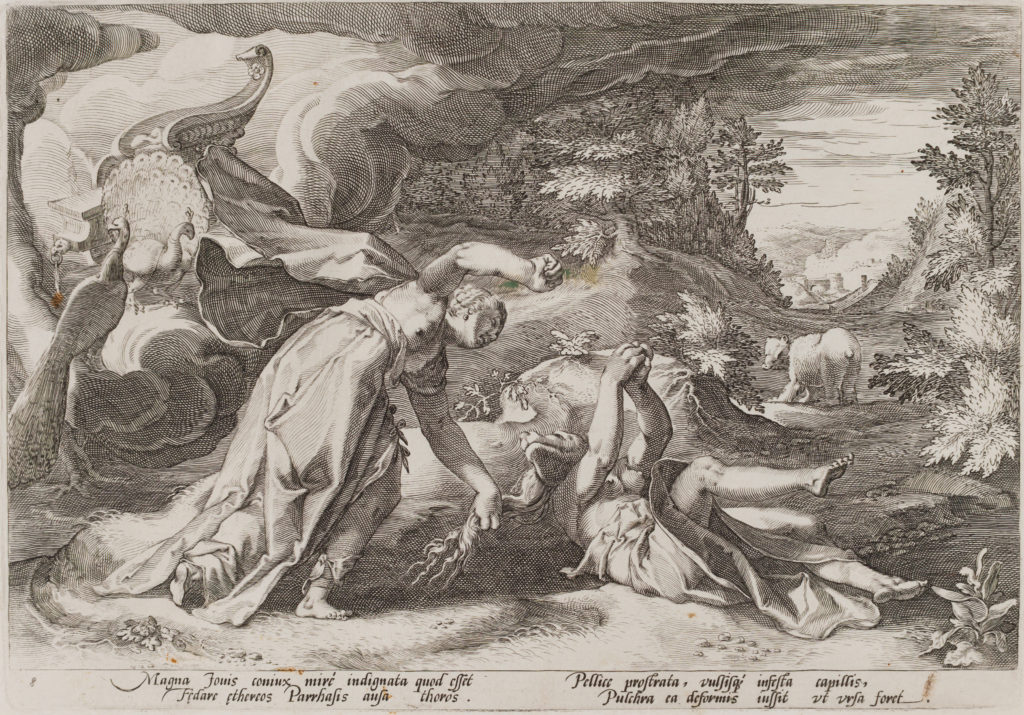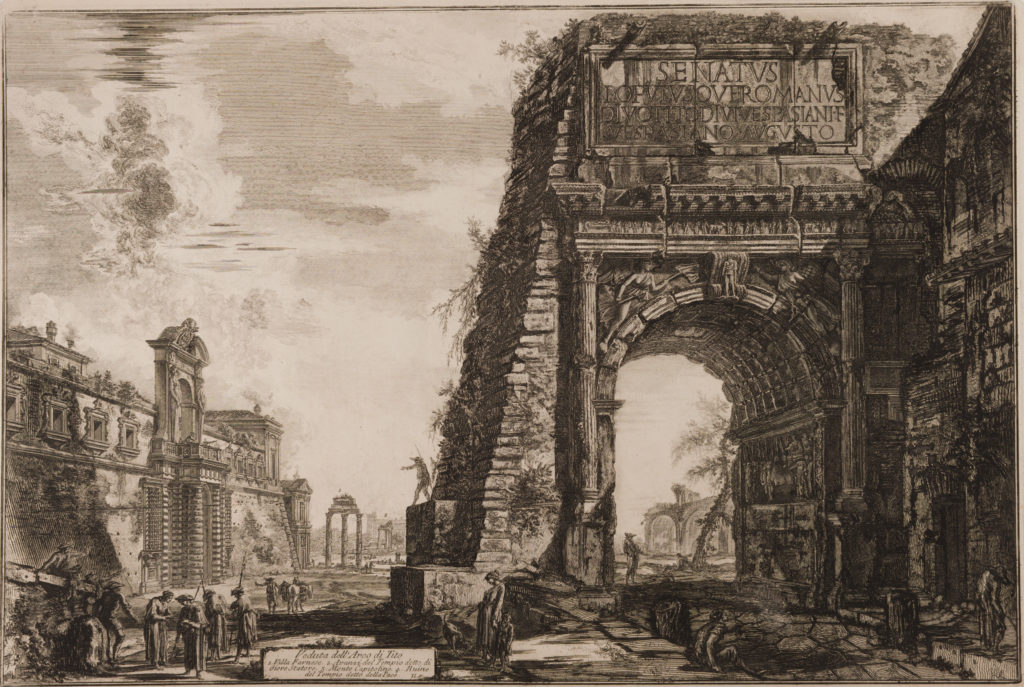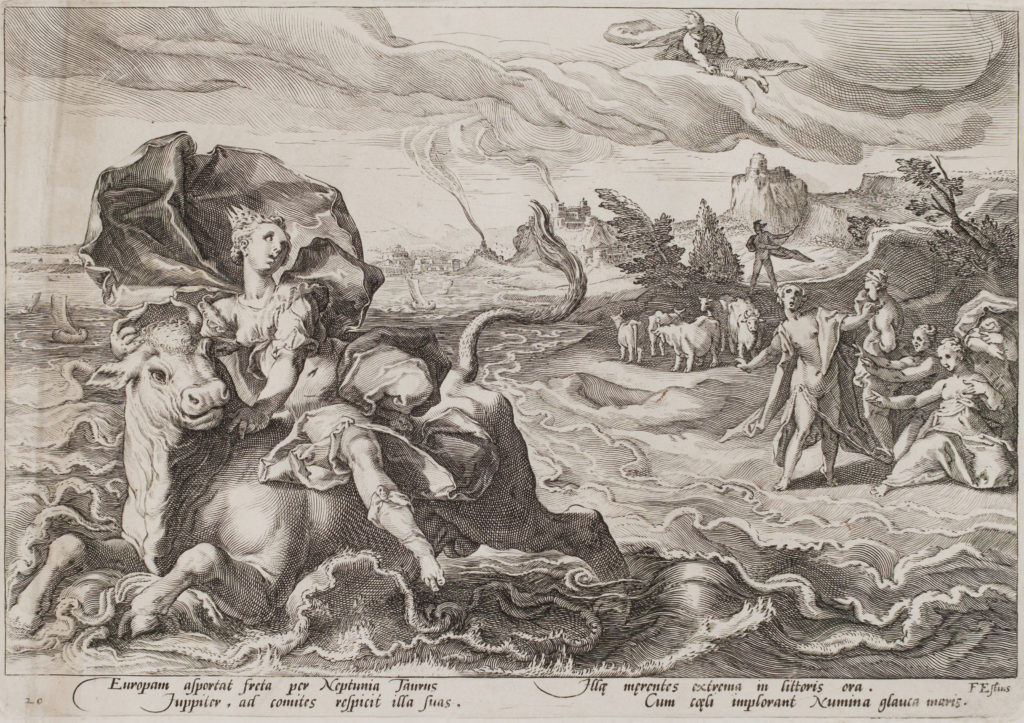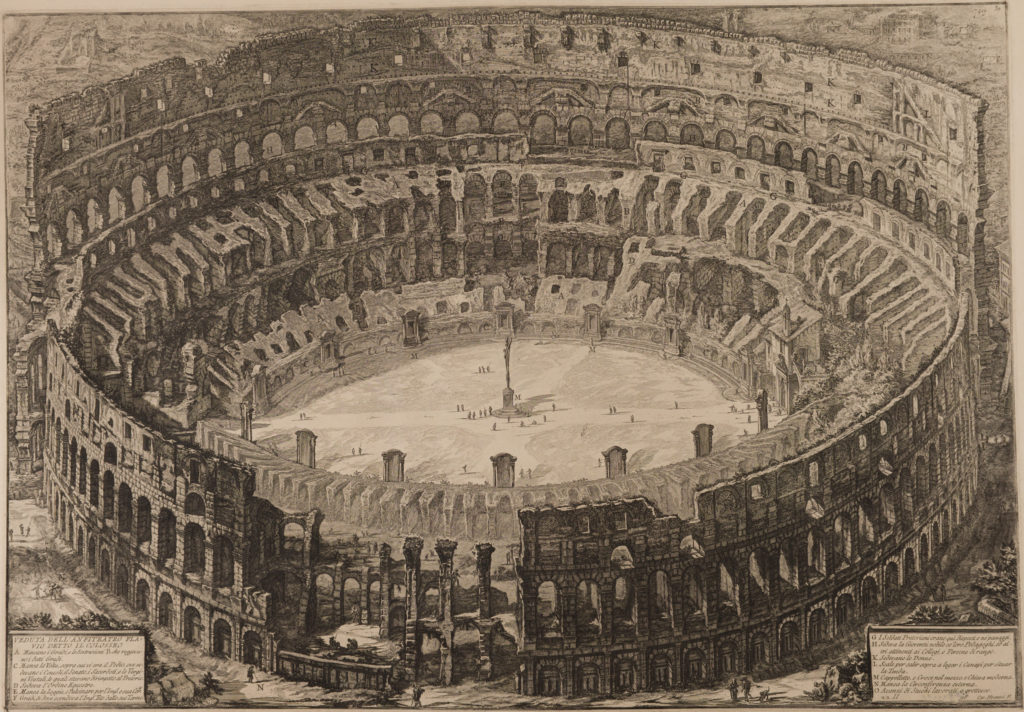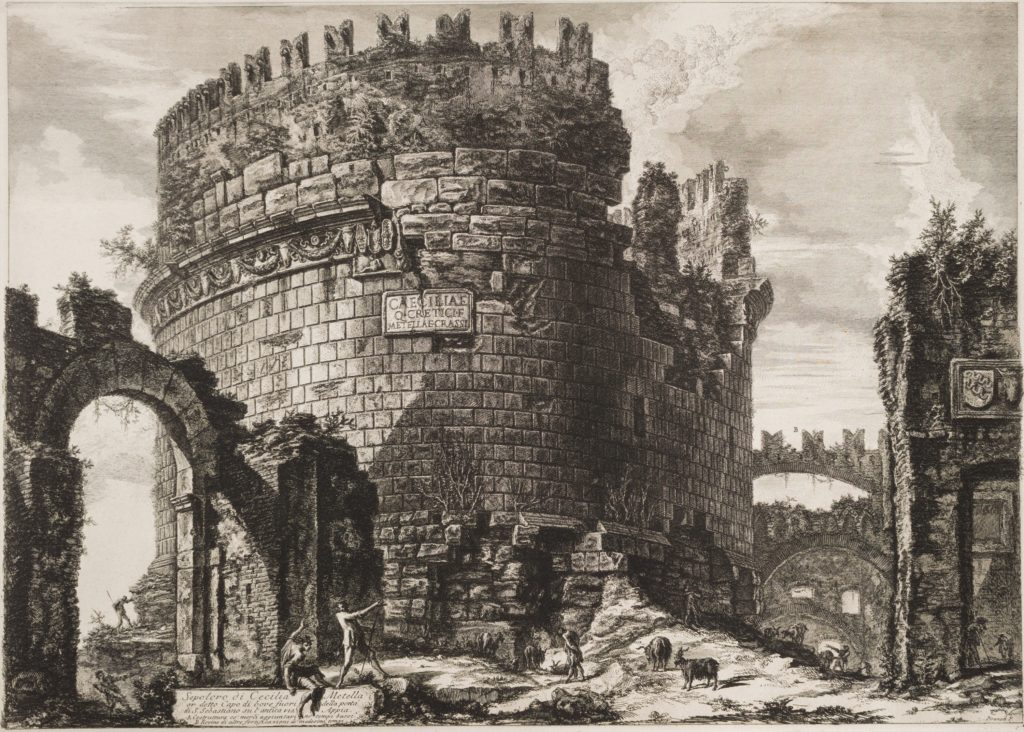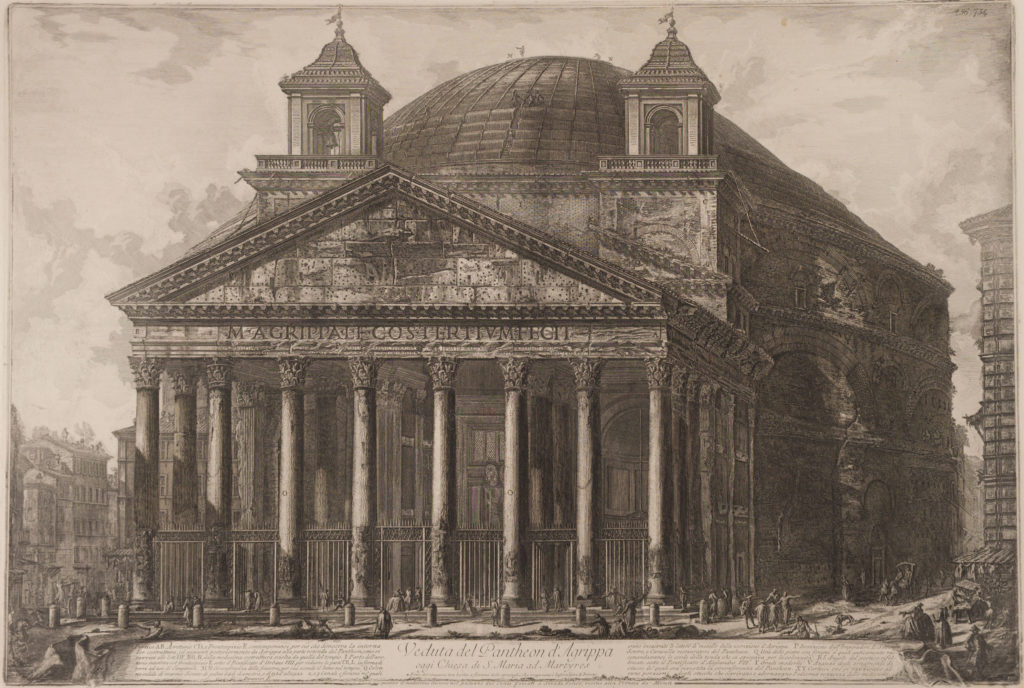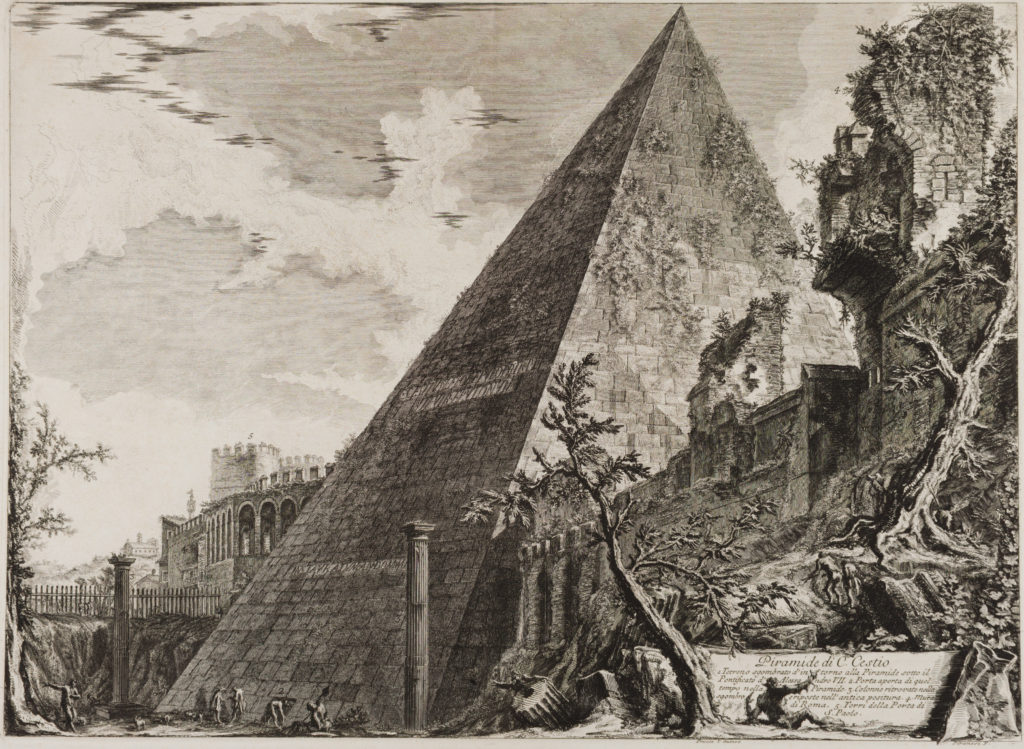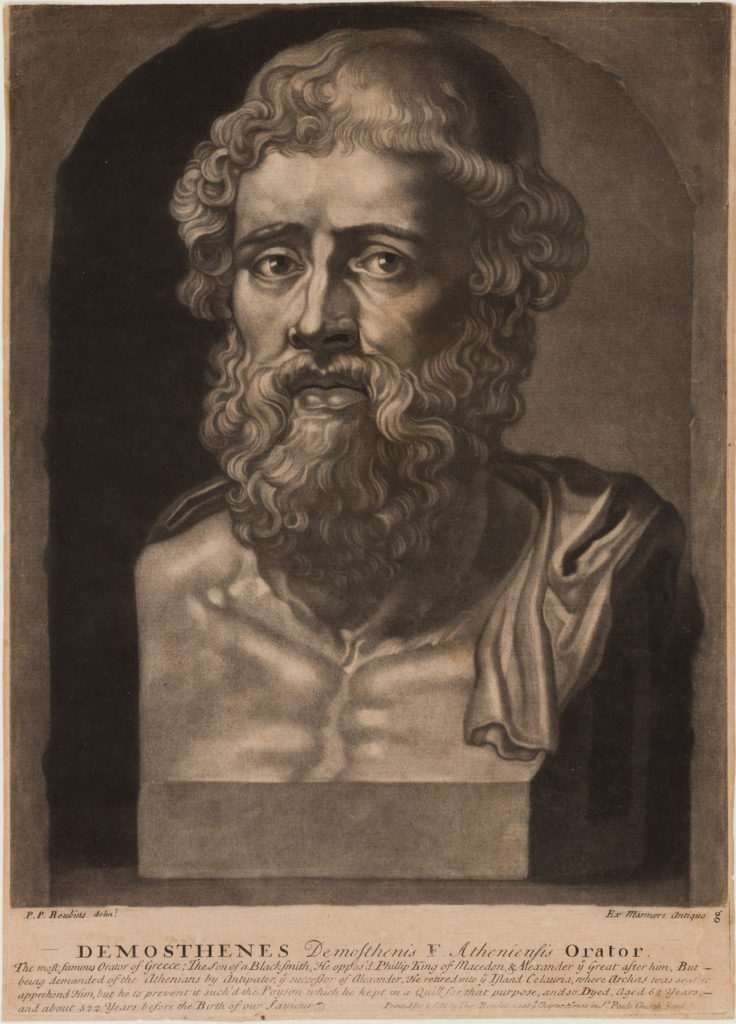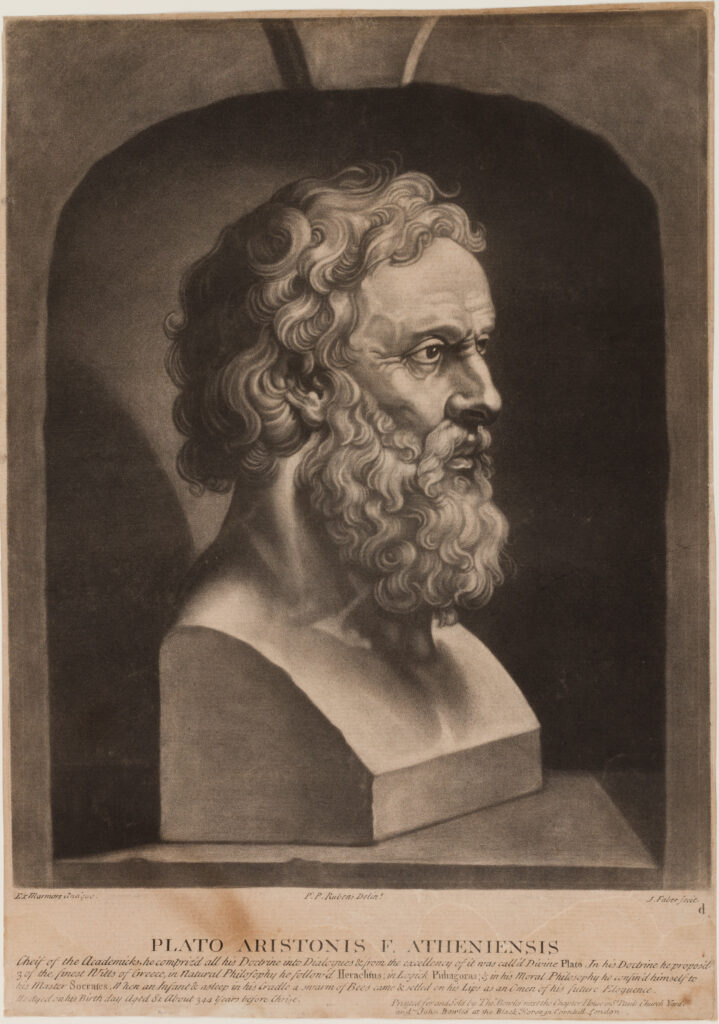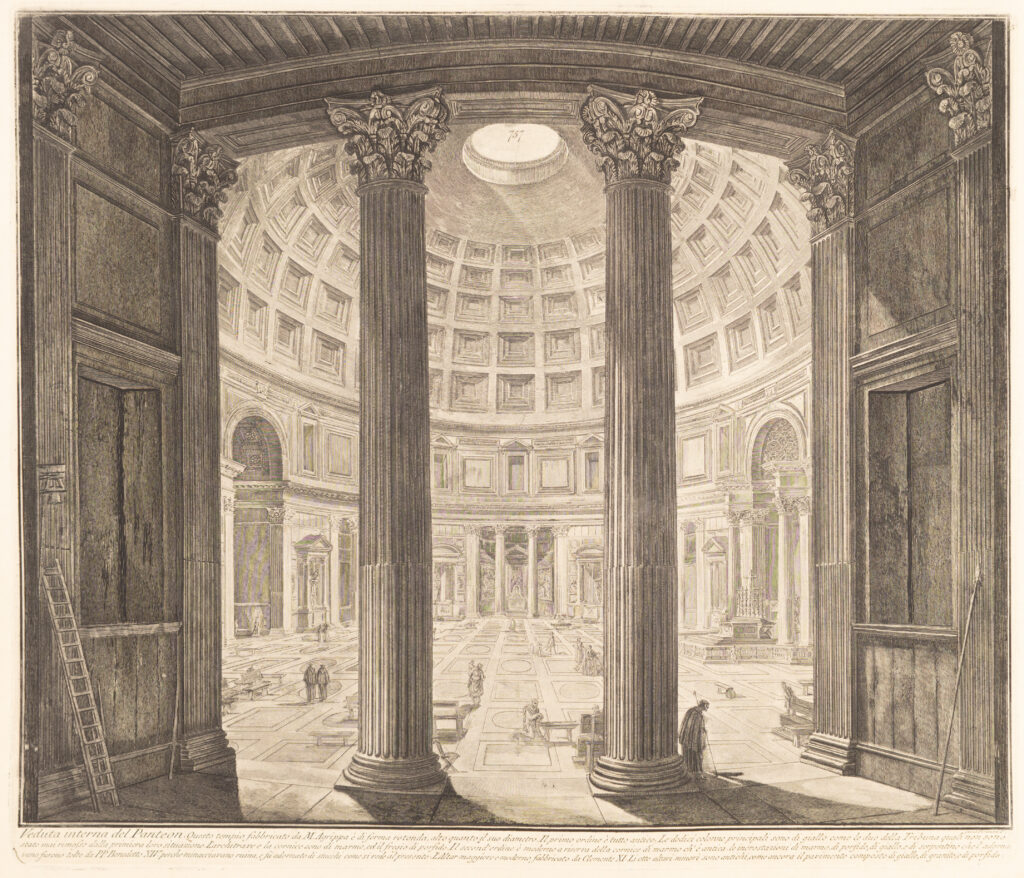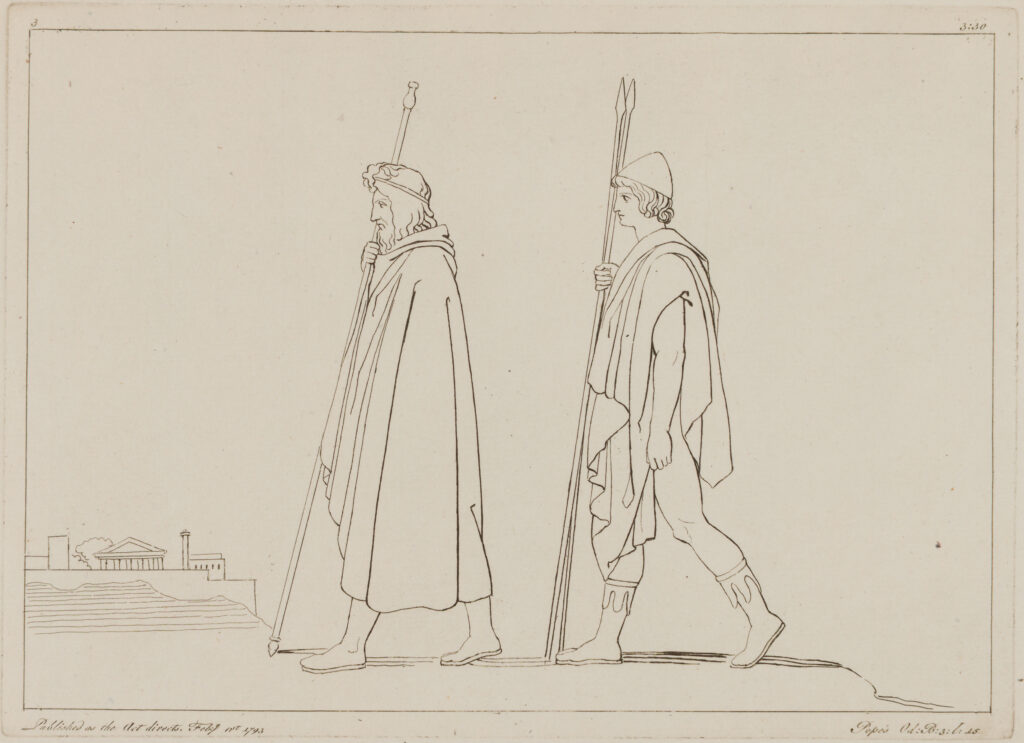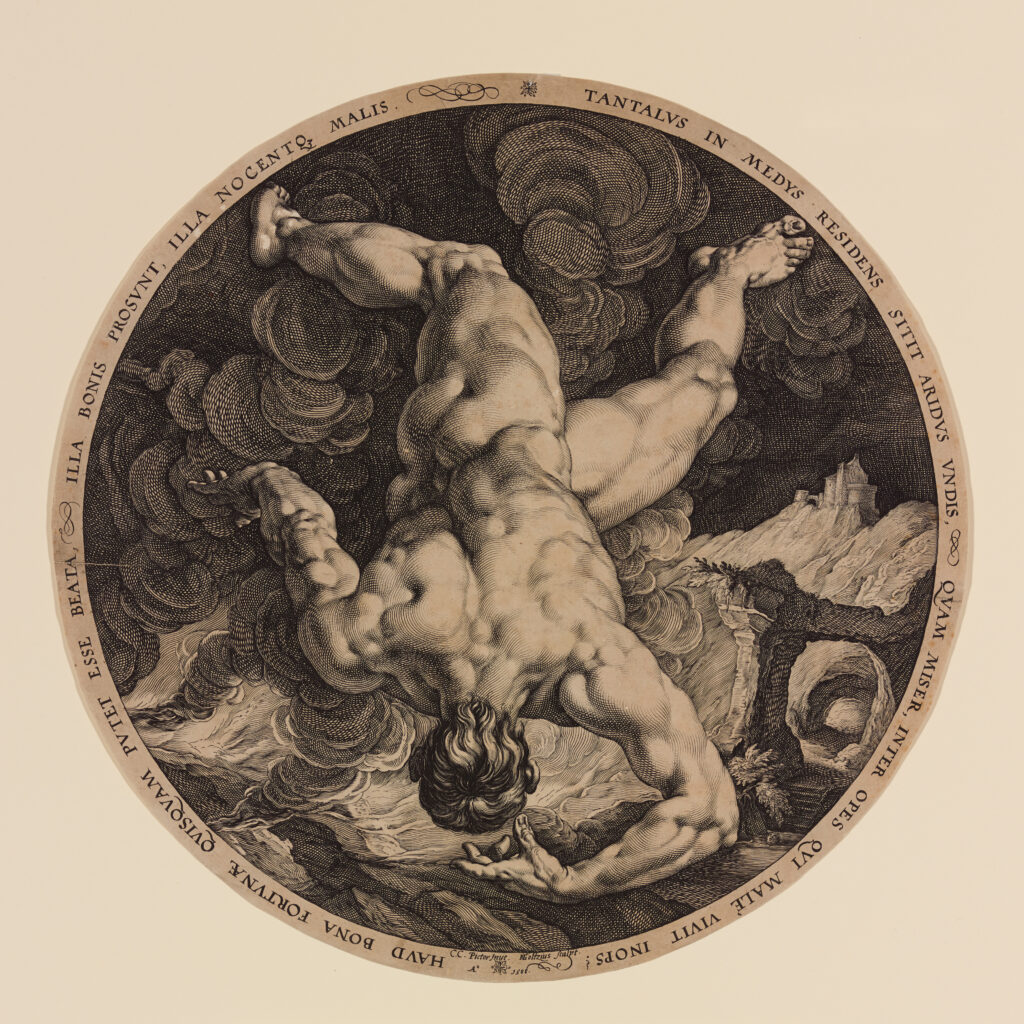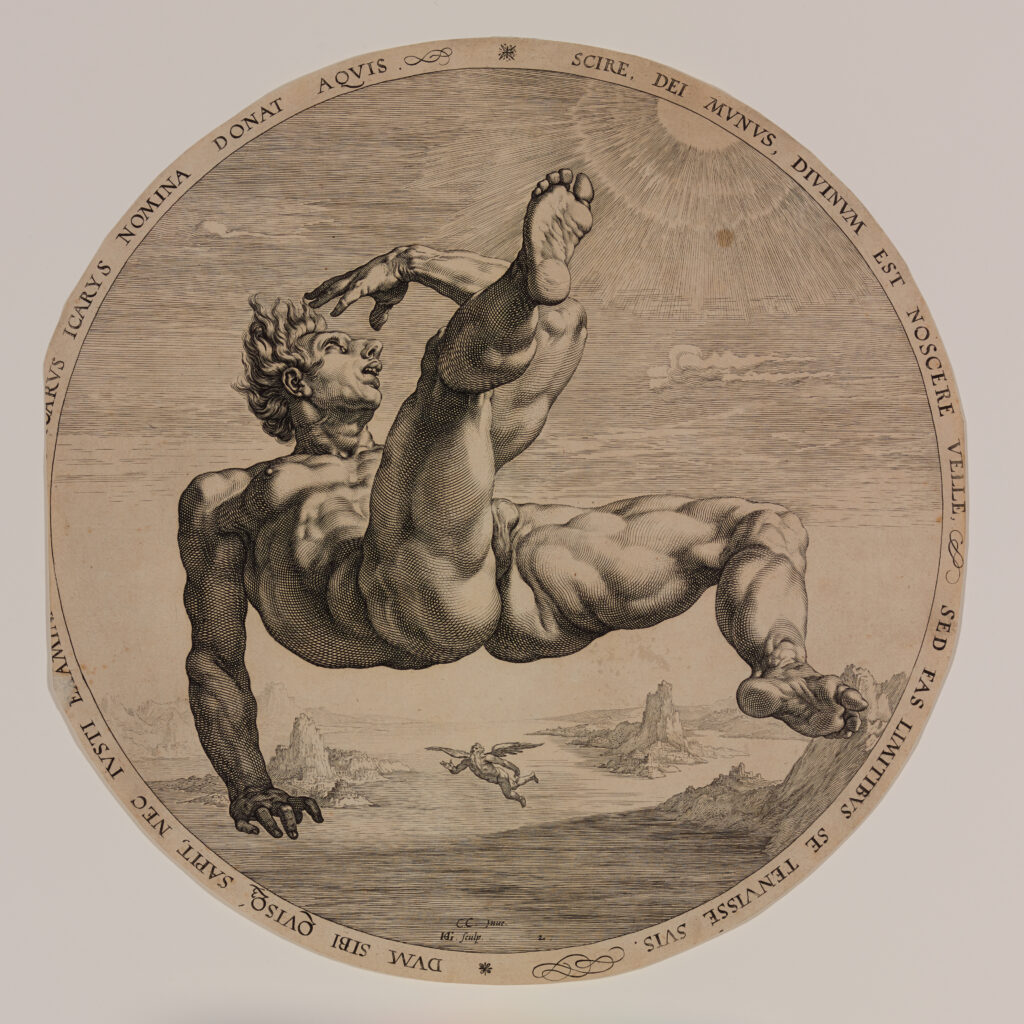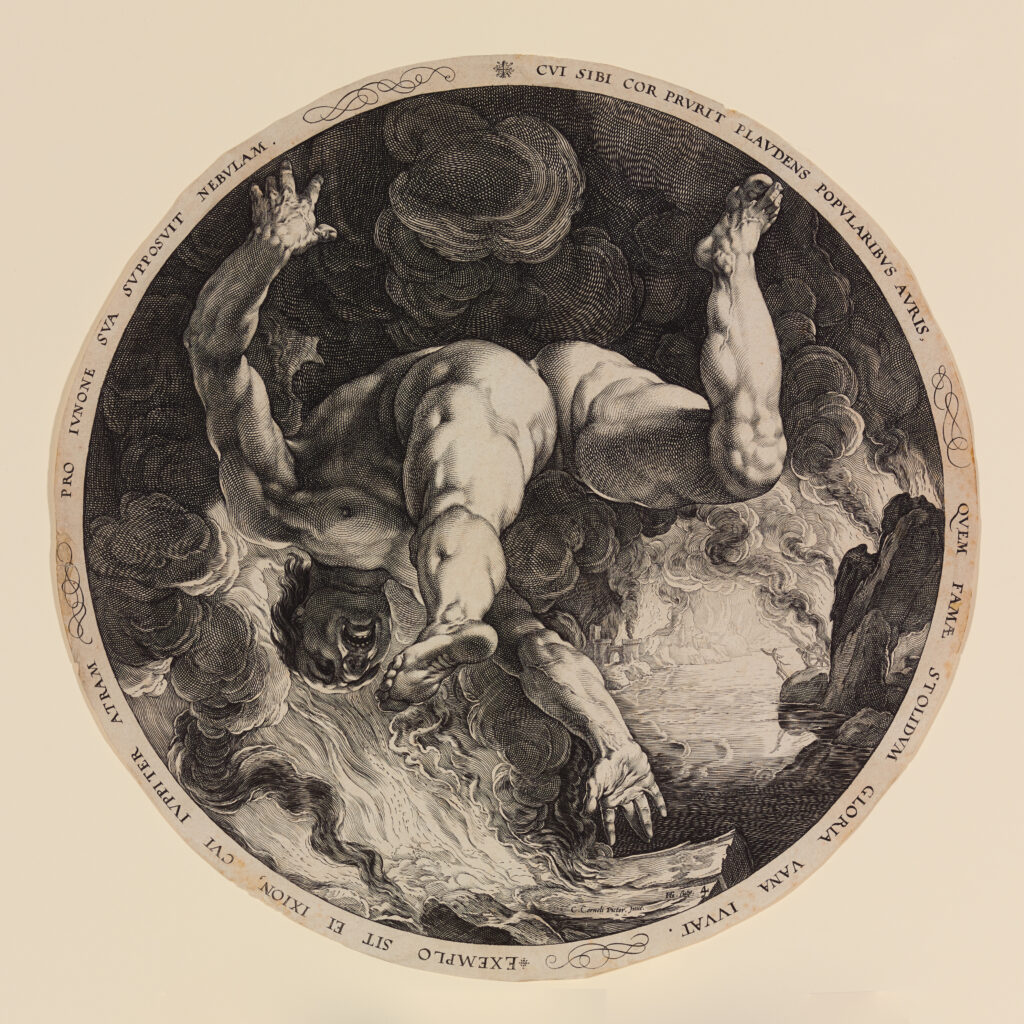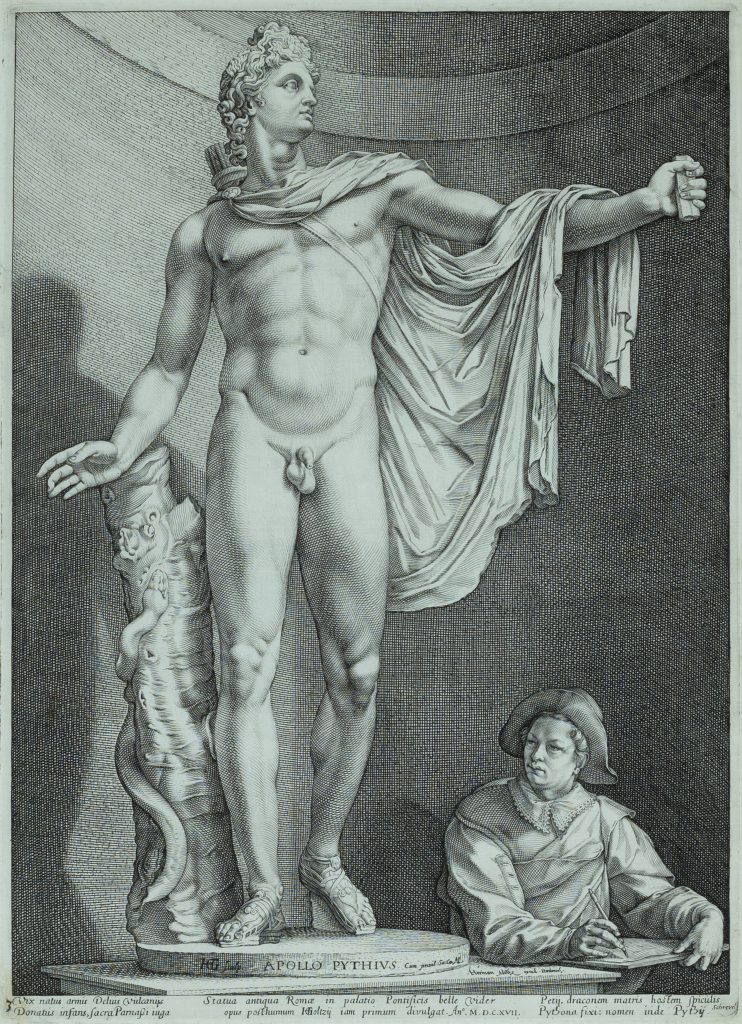Cinqué, Chief of the Amistad Captives
Museum Purchase, Lloyd O. and Marjorie Strong Coulter Fund
2021.15In 1839, Sengbeh Pieh was kidnapped in Sierra Leon, brought to Cuba, and sold to Spanish slave traders. Pieh, known in the press at the time as Joseph Cinqué, led a mutiny of fellow Mende captives aboard the slave ship La Amistad. Under the control of Pieh and his fellow captives, the ship was boarded of New York and the West Africans were arrested for mutiny and murder. The case of the Amistad captives took several years to wind its way to the Supreme Court, during which time the plight of Pieh and his fellow men became a flash point in abolitionist debates. In 1841, the Supreme Court ruled that the Mende captives were justified in mutinying to regain their freedom, having been kidnapped in violation of international law.
In 1840, as public debate over the plight of the West Africans from the Amistad raged, Robert Purvis, a wealthy Black Philadelphian and prominent abolitionist, commissioned the American painter Nathaniel Jocelyn to create a portrait of Pieh. The dignified portrait that Jocelyn created referenced Pieh’s West African origins in the terrain of the background and his bamboo staff. The white cloak draped over Pieh’s left shoulder however, would have called to mind classical heroes, and been read by contemporaries as a reference to Roman civic virtue and Republican freedoms, in keeping with classicizing conventions popular in American portraiture for generations. Purvis also ordered an engraving, seen here, to be prepared for the popular press by the John Sartain, a British artist based in Philadelphia.
